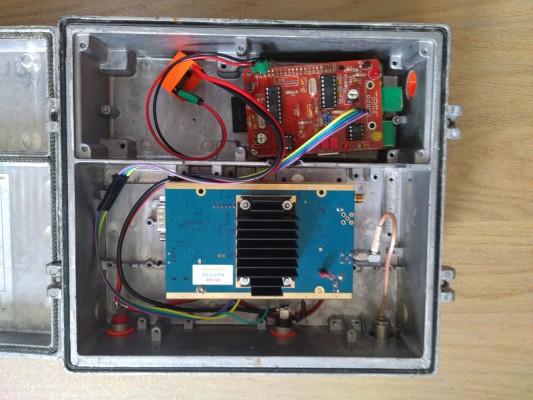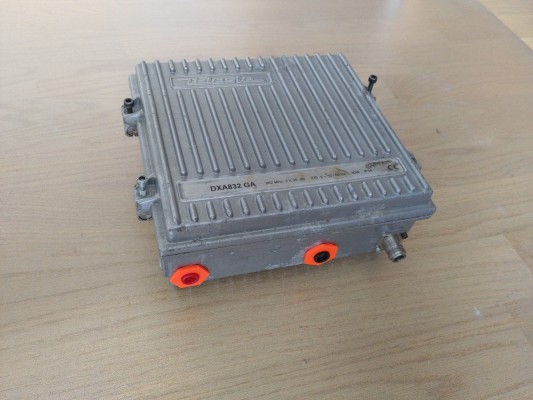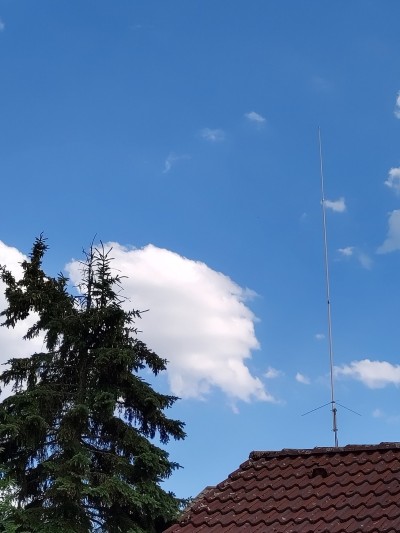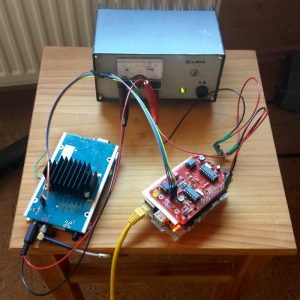General

Since winter 2022, I started to bring DC6GF on air again from my new QTH. After a long pause from amateur radio activity, I decided to become QRV on shortwave for the fist time.
Equipment
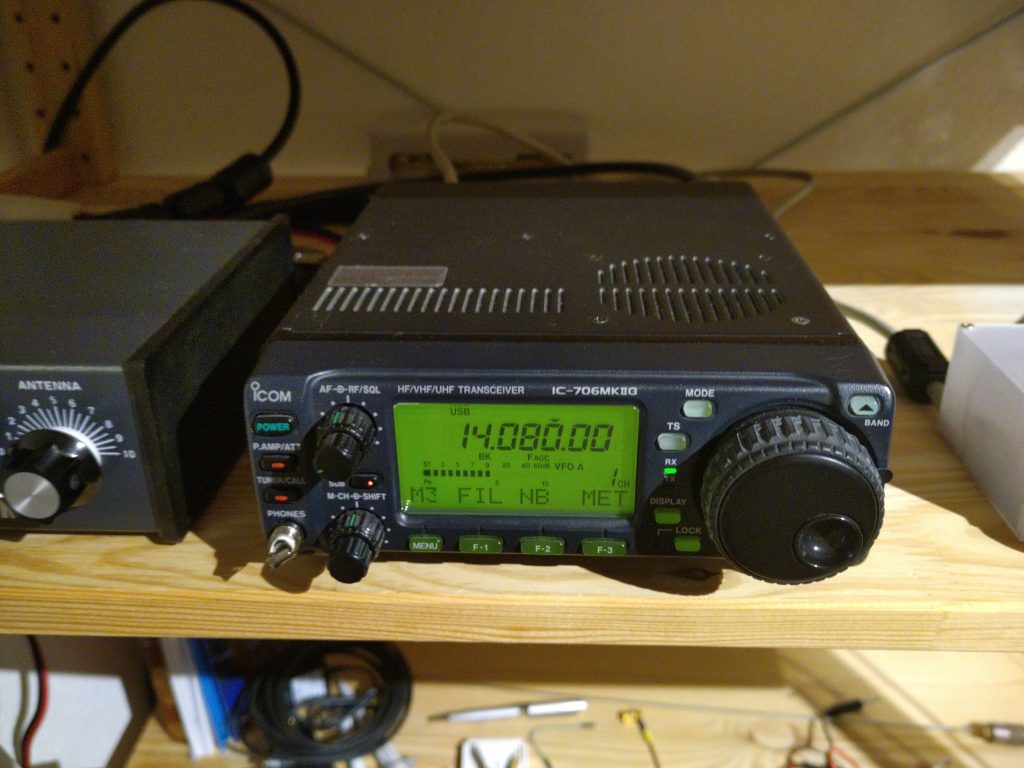
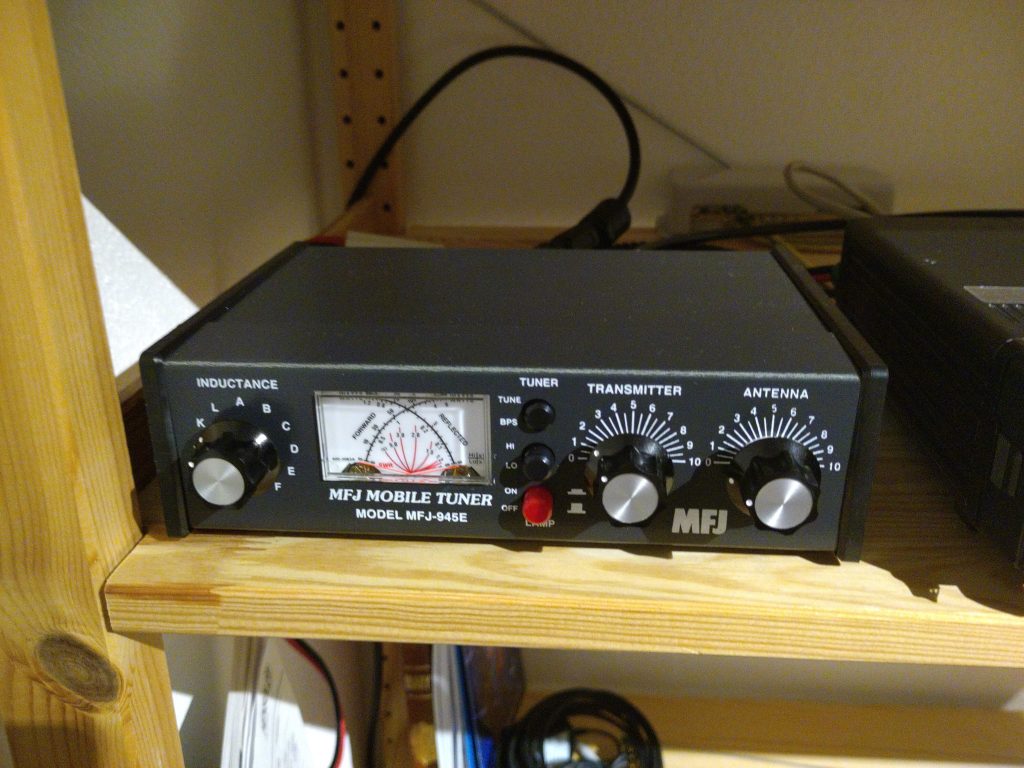
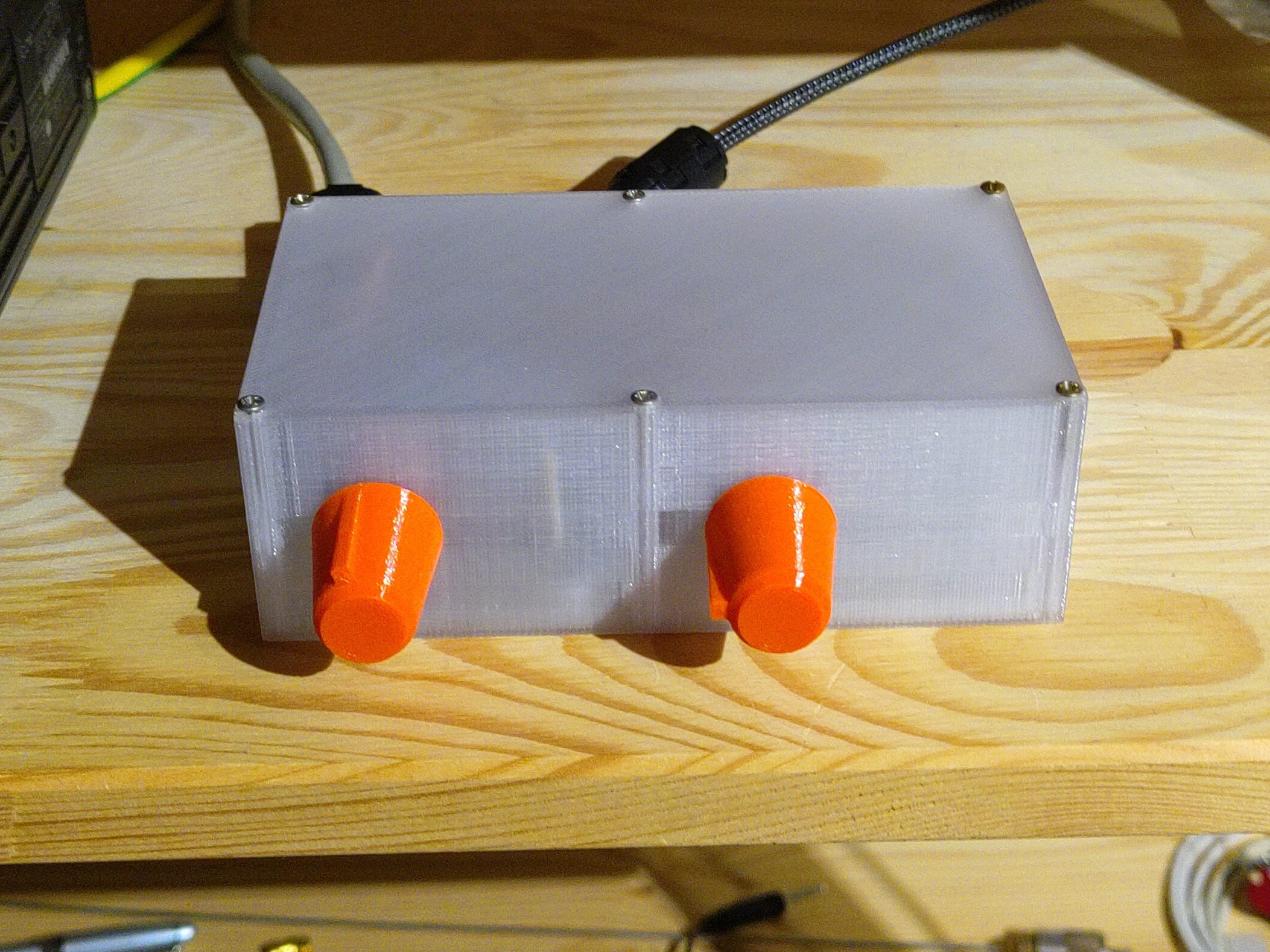
The TRX I use is a IC-706MK2G that I used exclusively on 144MHz until now. The tuner matches the capabilities of the TRX regarding power and the digital interface was improvised from existing components, packaged in a 3D-printed housing. It contains the sound card and the RS-232 interface for PTT control, both attached to one USB port using a small hub. The antenna I use currently is a GPM-1500 but a better one is already available. However, as some adaptions are required, it will be installed after some other projects are done. The cable between the tuner and the antenna is a 7mm type from Messi & Paoloni.
Achievements until now
Since my first QSO mid of march 2022, the QSO count in FT8 and FT4 is nearly 1000 and I reached 106 DXCC countries including New Zealand which is about as far as it can get from my QTH. 89 of them are confirmed via LoTW. I also set-up an E-QSL account, however, I did not manage to upload my log.
Lessons Learned
For most experienced operators, these findings may be obvious but from my short time of activity, I learned the following:
- Propagation predictions are about as accurate as the weather forecast. You have to be on the band to see how the propagation actually is.
- Especially on weekends, QRM is the most important limiting factor to reach the DX station. Although the band may seem empty, there are tons of other stations near you you do not hear (or see in the waterfall).
- As a result from the previous point, FT4 sometimes is the better choice for low power stations compared to FT8 just because the FT4 frequencies are not as crowded as the FT8 ones.
- Split operation is an important capability for successful FTx operation. If you answer on the same frequency, chances are very high you are not alone and neither of you is heard. If you answer on a different frequency, the chances of being copied are much higher.
- The (my?) IC-706MK2G changes its output power significantly over the NF frequency band. Highest output power can be achieved between 1500Hz and 2500Hz.
Things to do…
The following things are on my short term agenda:
QSL cards are ordered. As soon as they arrive, I will try to have the last 11 missing countries confirmed to apply for the Digital DXCC.Find out how to configure E-QSL to accept my log from CQRLOG.- Learn CW. A paddle by CT1ILT is already on its way.
- Set-up my alternative vertical antenna.

